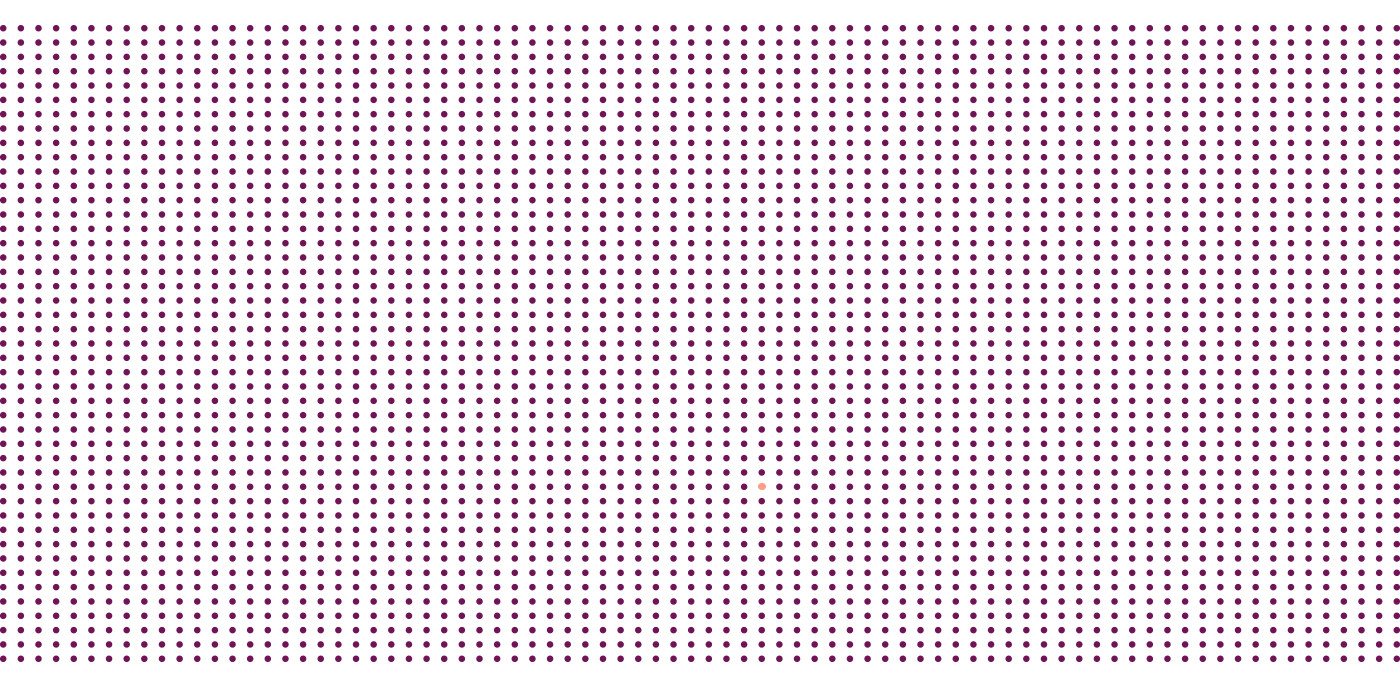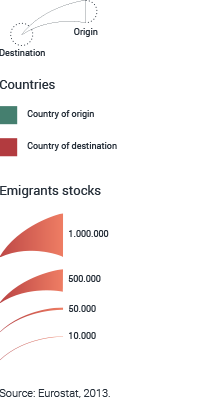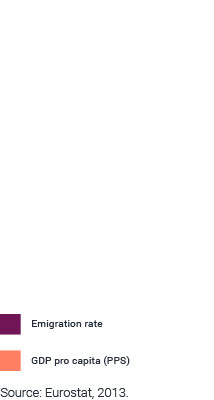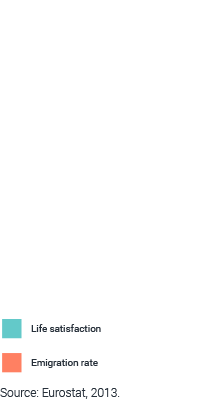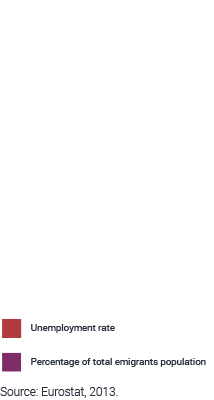EUROPEAN ECONOMIC AREA
population: 520,060,857
immigrants: 56,676,092
AUSTRIA
population: 8,451,860
immigrants: 1,397,766
BELGIUM
population: 11,161,642
immigrants: 1,702,542
BULGARIA
population: 7,284,552
immigrants: 86,837
CROATIA
population: 4'262,140
immigrants: 756,980
CYPRUS
population: 865,878
immigrants: 207,313
CZECH REPUBLIC
population: 10,516,125
immigrants: 745,200
DENMARK
population: 5,602,628
immigrants: 556,825
ESTONIA
population: 1,320,174
immigrants: 197,611
FINLAND
population: 5,426,674
immigrants: 293,167
FRANCE
population: 65,560,721
immigrants: 7,456,145
GERMANY
population: 82,020,578
immigrants: 11,110,943
GREECE
population: 10,991,400
immigrants: 988,245
HUNGARY
population: 9,908,798
immigrants: 472,798
ICELAND
population: 321,857
immigrants: 35,395
IRELAND
population: 4,591,087
immigrants: 752,500
ITALY
population: 59,685,227
immigrants: 5,766,163
LATVIA
population: 2,023,825
immigrants: 323,642
LITHUANIA
population: 2,971,905
immigrants: 221,462
LUXEMBURG
population: 537,039
immigrants: 229,409
MALTA
population: 421,364
immigrants: 34,455
NETHERLANDS
population: 16,779,575
immigrants: 1,964,922
NORWAY
population: 5,051,275
immigrants: 692,040
POLAND
population: 38,062,535
immigrants: 663,755
PORTUGAL
population: 10,487,289
immigrants: 893,847
ROMANIA
population: 20,020,074
immigrants: 198,839
SLOVAKIA
population: 5,410,836
immigrants: 158,100
SLOVENIA
population: 2,058,821
immigrants: 365,560
SPAIN
population: 46,727,890
immigrants: 6,618,000
SWEDEN
population: 9,555,893
immigrants: 1,453,645
SWITZERLAND
population: 8,039,060
immigrants: 2,480,941
UNITED KINGDOM
population: 63,905,297
immigrants: 7,838,837
Source: World Bank, 2013; Eurostat, 2013.






